In the realm of gastronomy, every meal is a tapestry woven with the threads of tradition, innovation, and culture. And at the heart of this rich culinary fabric lie the unsung heroes of the dining table: silverware.
From the humble beginnings of wooden spoons to the elegant refinement of intricate forks, the history of tableware is a captivating voyage through time, offering a glimpse into the evolution of human eating customs, etiquette, and society itself. So, take a seat at the historical banquet table, where each forkful carries with it the echoes of centuries past.
Today’s Focus of Attention is reader-supported. We sometimes include products we think are useful for our readers. If you buy through links on this page, we may earn a small commission.
Spoons Through History
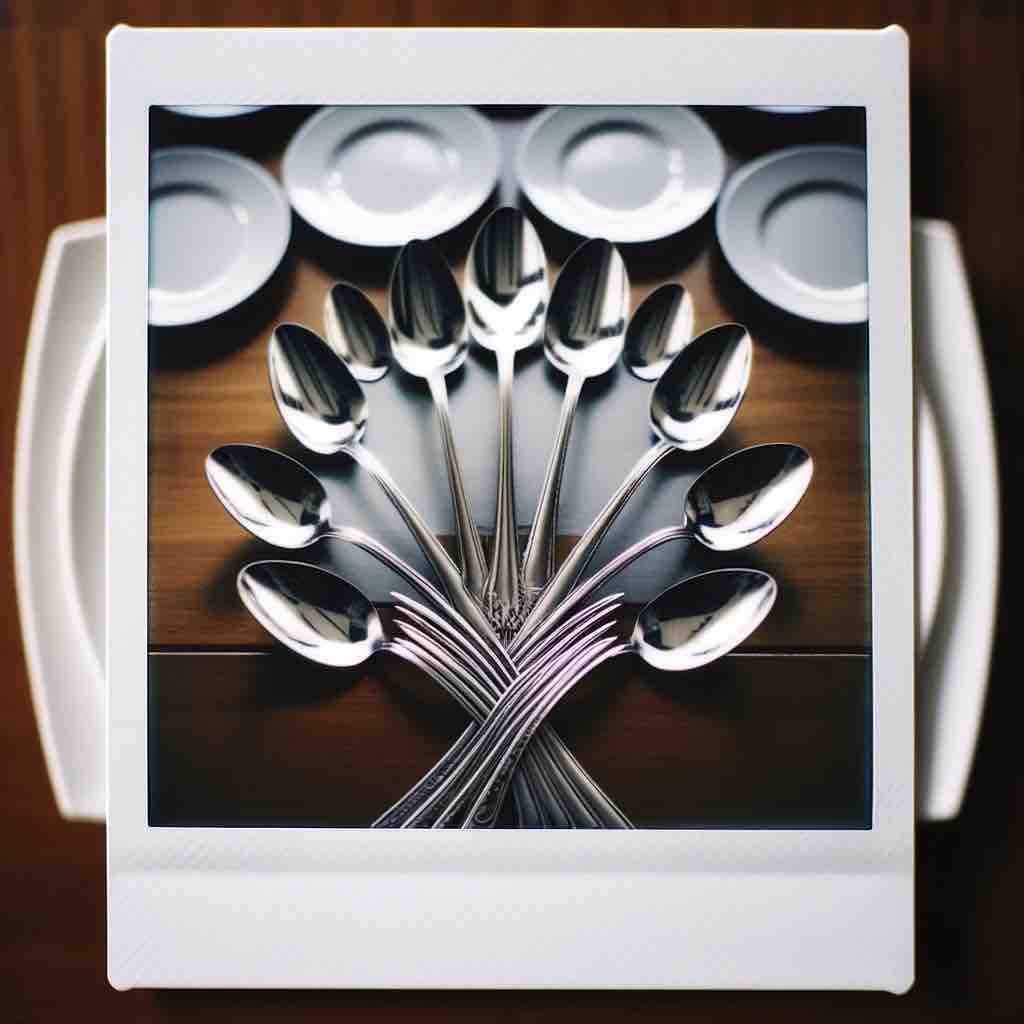
The word ‘spoon’ has its origins in the Anglo-Saxon term ‘spon’, which means ‘a chip of wood.’ The Greeks and Romans called it ‘cochlea’, translating as ‘spiral shell.’
Amongst the eating utensils, the functional spoon came first because knives were used as weapons and hunting tools. And the fork, which arrived tenths of centuries later, well, was an outcast since it reminded people of the devil’s horns.
Spoons date back to ancient Egypt, as early as 1300 BC. The most common were made of wood, ivory, flint, or slate, but the nobility had ornate golden ones with carvings and hieroglyphics.
In Western Europe, Greeks and Romans crafted them out of bronze for the Plebeians and silver for the well-off and the ruling class.
In England, the first documented evidence of any spoon appeared in King Edward I’s wardrobe (1259), perhaps created from silver or pewter.
Beyond Dining: The Spoon’s Ceremonial Elegance
But these tiny shovels were not only intended for scooping back in the day. They would take part in ceremonies to show wealth and power.
For instance, during the Tudor and Stuart periods (15th and 17th centuries), christening silver and gold spoons was a common practice amongst the aristocracy.
But in the Renaissance and Baroque times, the design changed, leading to the current standard look around the mid-18th century. Since then, spoons have become a staple of modern tables and cater to a wide variety of uses, from soup and pudding to ice cream and tea.

A Symbol of Romance

Love spoons, shaped from wood, bone, or metal, featured intricate designs that conveyed the sender’s feelings and intentions. Carved hearts were a central motif, along with the initials or names of the couple.
Another common sign came in the form of keyholes, representing the idea that the recipient held the key to the giver’s heart.
The exchange of love spoons was a significant part of courtship in Tudor England. Young men spent hours crafting them as tokens of their affection and presented them to their beloved as a moonstruck confession and commitment.
If the receiver accepted the spoon, it was seen as a favourable response to the romance, and the couple would be considered engaged.
A Representation of Simpleness
Greek philosopher Socrates believed in the pursuit of knowledge, ethics, and the examination of one’s own beliefs and values.
His way of life was characterised by simplicity and a lack of material goods. Known to live with austerity, he eschewed the luxuries and extravagances of Athenian society.
As per the myth, Socrates owned a few possessions, and one of them was a simple wooden spoon. His use of this basic and utilitarian tool became a symbol of his humbleness and his rejection of materialism.
He used it not only for eating but also as a reminder to himself and his students of the importance of wisdom over material wealth.

Egypt’s Elite
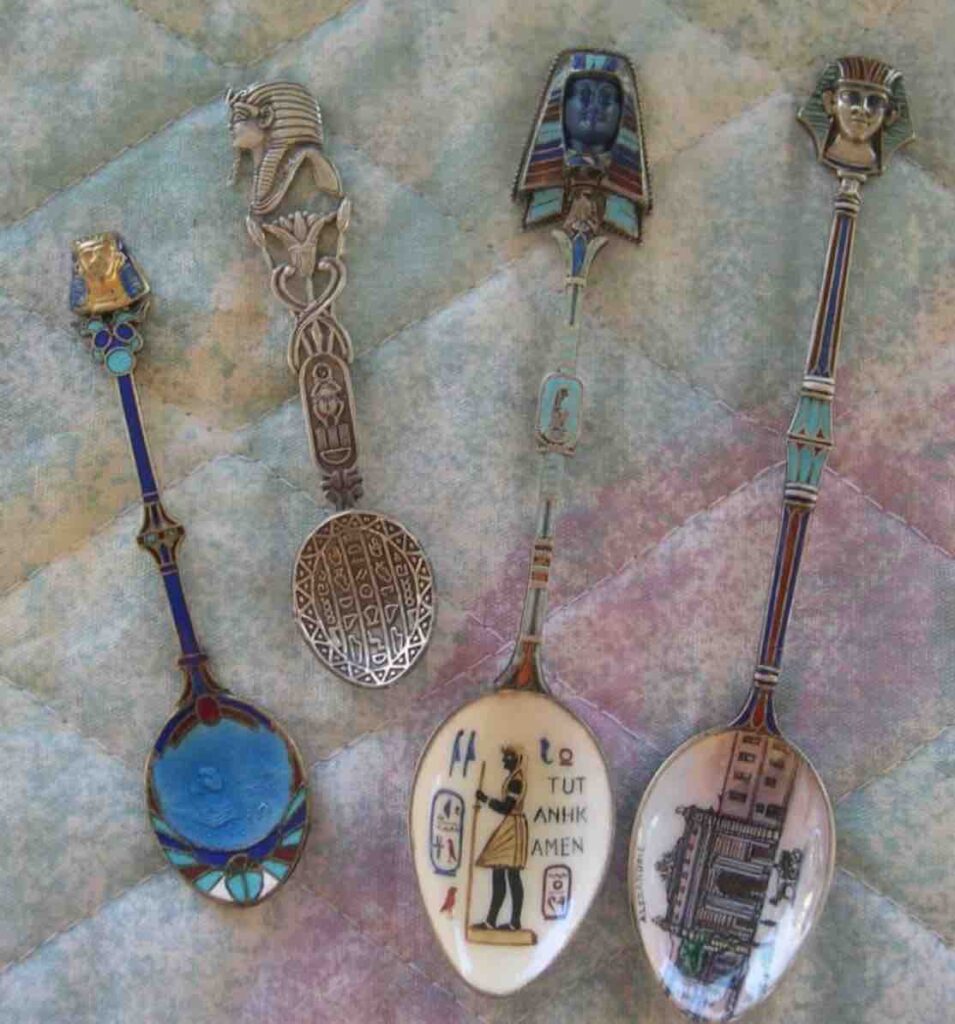
The golden spoon found in the tomb of Tutankhamun, the famous child pharaoh, is a remarkable artefact that provides valuable insights into ancient Egyptian culture, beliefs, and craftsmanship.
Such a utensil, made of pure gold with an elongated handle, is adorned with mythological scenes, the pharaoh’s life, and religious motifs.
It was assumed that the pharaoh would require sustenance in the afterlife, hence the need for a spoon with sacred imagery to provide him with the means to dwell in the divine realm.
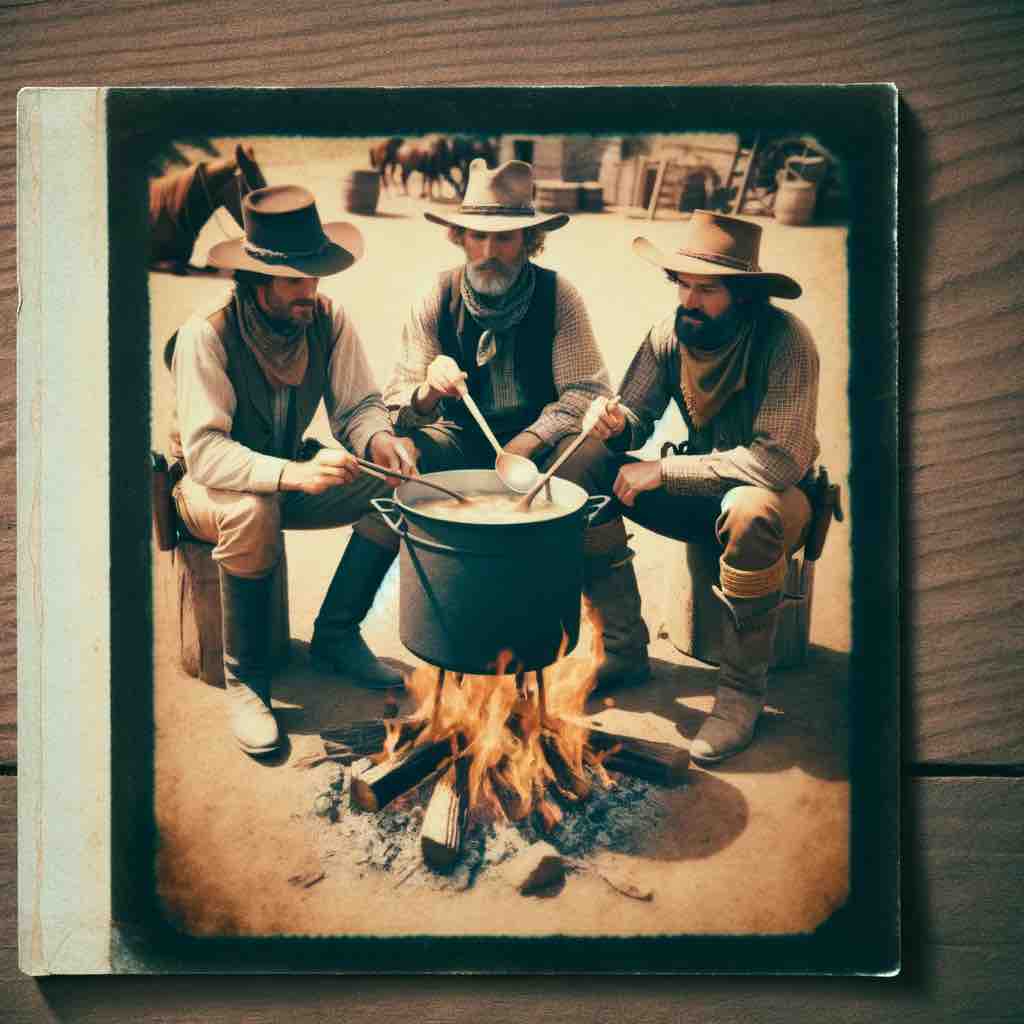
Interesting Fact
The Meriwether Lewis and William Clark “Corps of Discovery Expedition” was a historic journey commissioned by President Thomas Jefferson aimed at exploring the newly acquired Louisiana.
While the exploration was associated with grand adventures and epic challenges, it’s the small, everyday items like the humble spoon that played a vital role in their quest.
Apart from using spoons for stirring, mixing, and eating from cooking pots over campfires, expeditioners also used them to trade with Native Americans for supplies, horses, and information while fostering diplomatic relations.
“When I’m working and I need to taste food, I use a small spoon or eat a small piece, rather than wolfing down an entire piece of cake.”
Adriano Zumbo – Australian pastry chef and TV personality
The Development of the Fork: How It Changed Fine Dining
The first table forks are believed to have been used by the Qijia culture in China around 1200 BC.
The prong bearer travelled to Europe through the Silk Road (the Eurasian trade route), reaching Venice, and soon it became popular.
However, the Catholic Church exerted immense resistance to introducing it since it reminded them of the devil’s horns.
Aside from being associated with the fallen angel, the argument was that God gave people hands and food, and they should take that daily bread with their given-god hands and convey it to their mouths.
But this reasoning didn’t stop the fork from spreading.
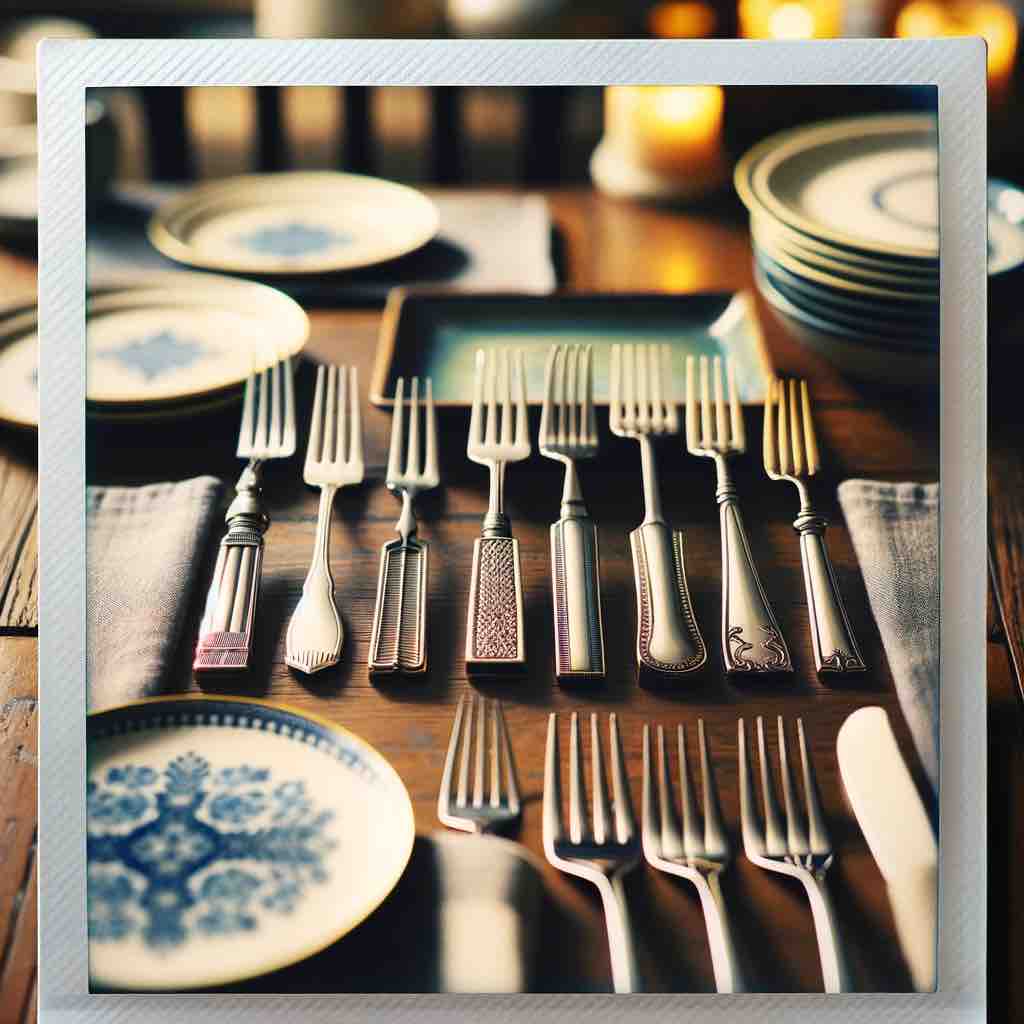
The fork’s fame increased during the 16th century because of the royal wedding between the Florentine Catherine de Medici and Henry II of France. Afterwards, the trident charmed the French tables. In that bygone era, forks were for the most part used by the ‘beau monde,’ but when the industrial revolution arrived, lower and middle classes found the means to afford them and even entire cutlery sets for themselves and their guests.
“You don’t need a silver fork to eat good food.”
Paul Prudhomme – American chef and culinary icon
The Multifaceted History of Knives: From Weapon to Tool
Since prehistoric times, knives have served as weapons, hunting tools, and eating implements. You could defend yourself, fight, or forage, and then chop the prey into smaller pieces with the same convenient instrument. Nevertheless, this little sword was not domesticated for table use until the Bourbon Dynasty in France.
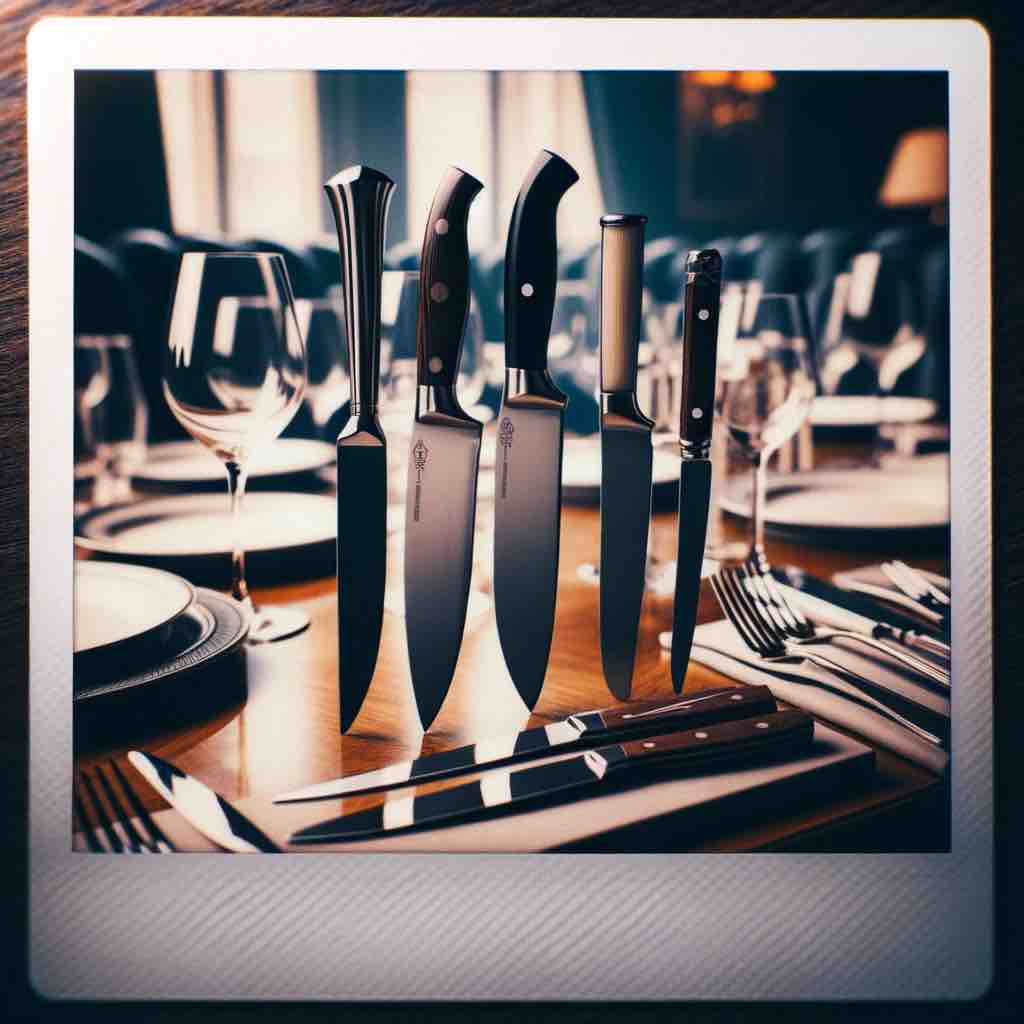
The Transition from Sharp to Blunter Knives
The 17th century was a notable chapter in the history of dining etiquette, representing a shift in societal attitudes towards violence and respect.
A prominent French clergyman of that time, Cardinal Richelieu, played a key role in this transformation because of his strong commitment to civility and decorum.
Richelieu was irked by seeing a dinner guest using a pointy knife to pick his teeth at the table. So, around 1637, the Cardinal ordered the points of his household’s eating blades to be blunted.
Before that, knives were very sharp, and their mere presence at mealtimes posed a constant threat.
Centuries ago, Europeans drank more wine and ale than water to quench their thirst and stay hydrated. So, many drunk people used to puncture their mouths by accident while trying to eat their food.
Also, this change was effective in reducing the potential for violence while eating, a common occurrence between rivals.
After Richelieu’s action, the French nobility followed suit. So much so that in 1669, King Louis XVI of France, driven by the cardinal’s initiative, decreed that every pointed knife on the table and streets be blunted.
By the early 18th century, this move had spread throughout Europe, especially amongst the upper classes. It emphasised self-restraint, politeness, and sophistication, distinguishing the cultured elite from others.
In addition, the ban on razor-edged knives helped in the fork’s popularisation during the Middle Ages, resulting in a less need for a pointy slicer during mealtimes.
“A good knife is an essential tool in the kitchen. But when you get one handmade, it becomes something special.”
Brad Leone – American chef and culinary personality
Variety and Complexity
The use and understanding of a complex array of utensils became a subtle yet powerful indicator of an individual’s status, breeding, and education.
During the 17th and 18th centuries, the diversity of silverware at the dining table expanded with the introduction of specialised spoons, different knives, and forks for various courses.
Owing a comprehensive set of cutlery became a symbol of wealth, affluence, and knowledge of refined customs, like knowing which fork is for the salad, how to use a soup spoon, and when to take the fish knife.
At the same time, the widespread publication of etiquette manuals in the 19th century, such as those by Emily Post, reaffirmed the significance of right silverware handling in a polite society.
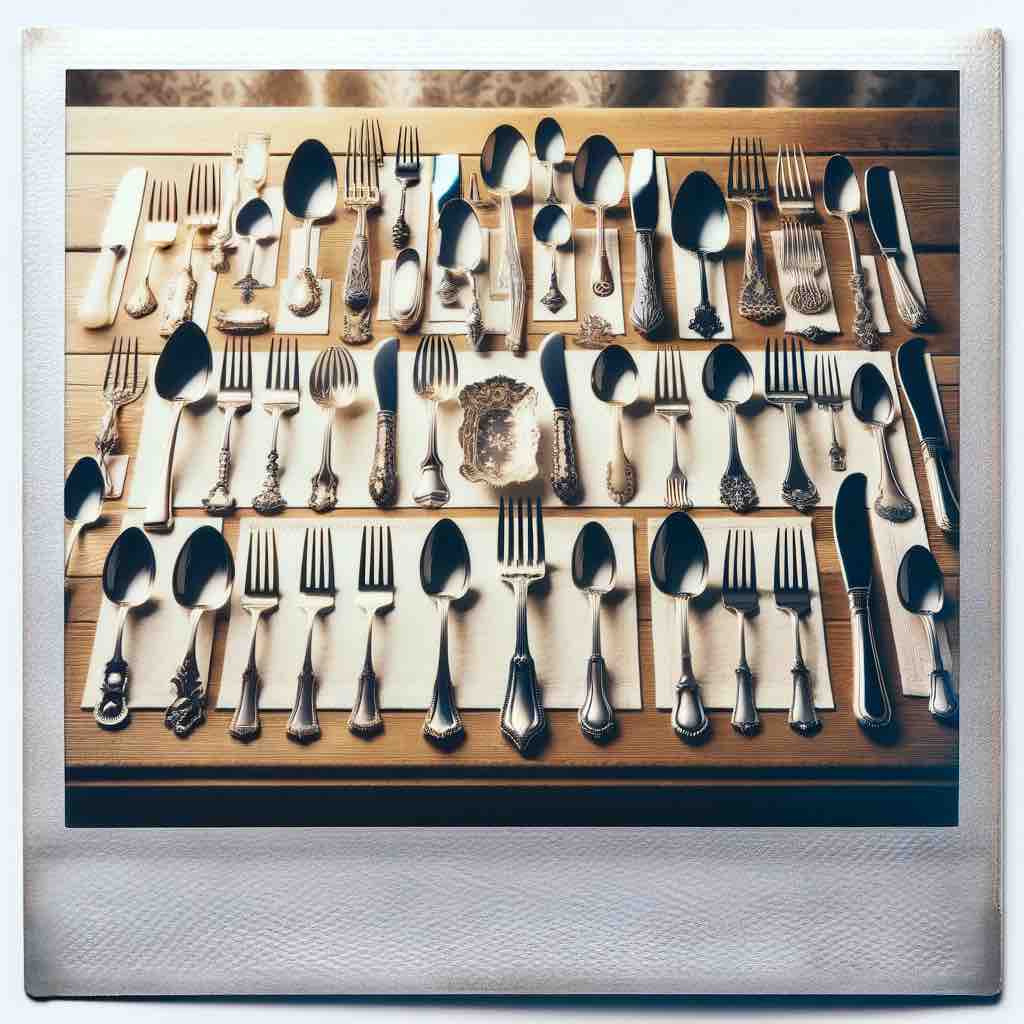
For the burgeoning post-industrialisation middle class, adopting these dining norms emulated the upper crust and asserted their socio-economic status. Proper manners equalled social mobility and acceptance. In modern times, the rigid usage of cutlery has relaxed, but it still distinguishes between the elite and the commoners.
Utensils Amidst Different Cultures
The existence of unique bridges between plate and palate across various societies is a fascinating aspect of human civilisation, reflecting diverse culinary practices, customs, and philosophical beliefs. One notable example is the use of chopsticks in the Far East, which stands in contrast to the forks, spoons, and knives predominant in Western countries.
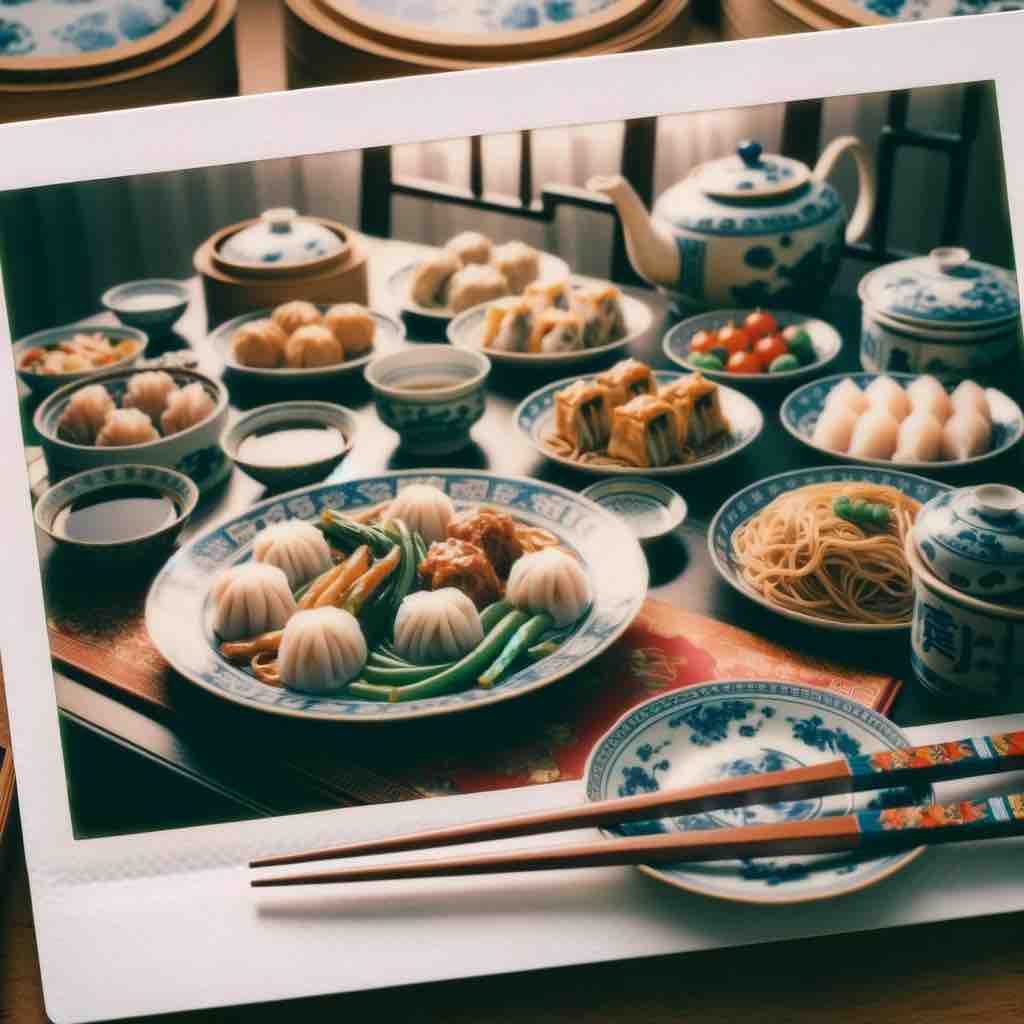
East Asian Traditions
Chopsticks originated in ancient China as cooking implements to stir the fire or to reach into pots of boiling water or oil. Over time, they evolved into eating utensils.
Their use spread to neighbouring Korea, Japan, and Vietnam, each adapting the tool to their specific culinary needs.
By custom, these ‘wands’ are made from bamboo or wood, but you can find variants in ivory, metal, and even plastic.
Using these food lifters is intertwined with the gastronomic traditions of East Asia, where meals are often prepared in bite-sized pieces, ruling out the need to cut at the table.
This method aligns with the Confucian philosophy of non-violence, as knives are considered weapons that could evoke aggression during dining time.
Other Cultural Examples
In some Middle Eastern and African cultures, people use their hands as the primary utensils, a communal style of sharing a meal. Thus, washing hands before meals is a crucial aspect of those traditions.
In India, eating with the right hand is a common practice, with flatbreads such as ‘naan’ or ‘roti’ used to scoop up food. Ethiopians have a similar custom with the ‘injera,’ a spongy flatbread used to pick up stews and salads.
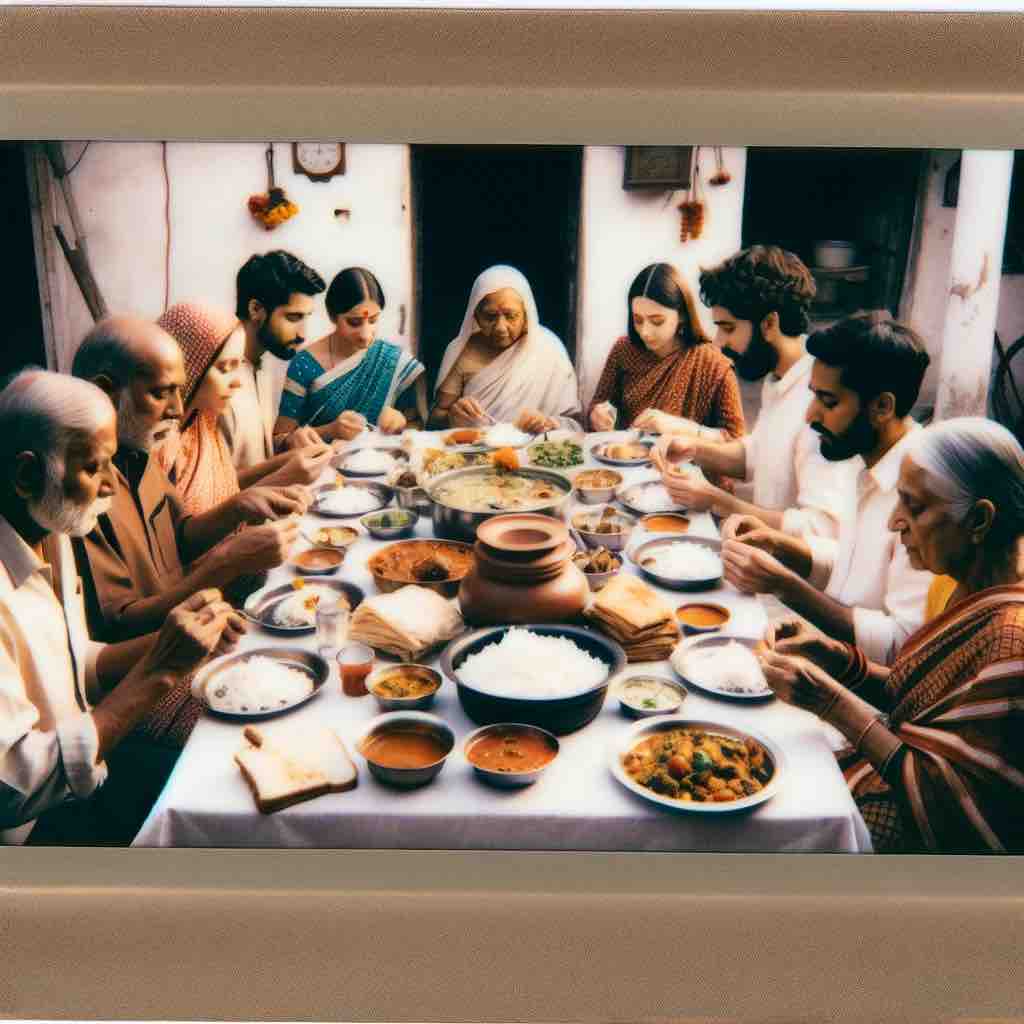
Tableware in the 21st Century
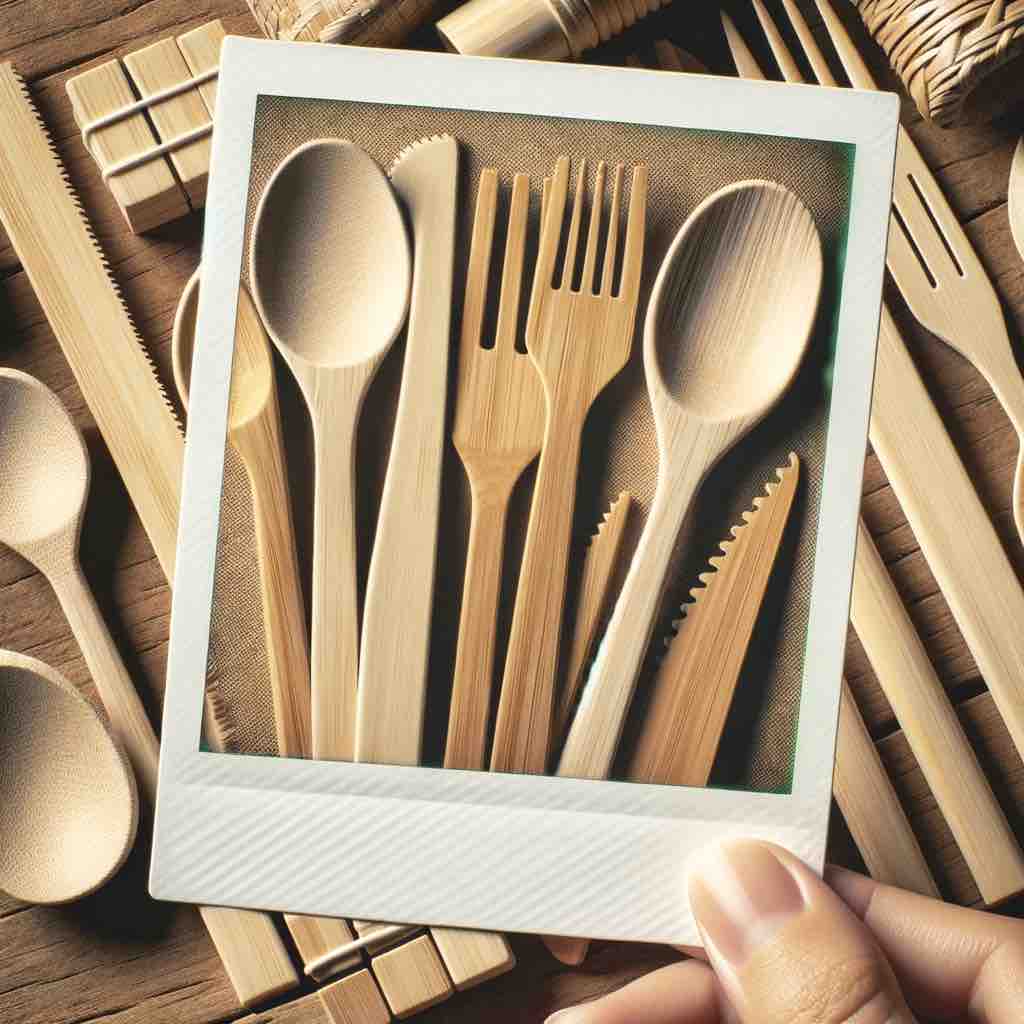
Everyday utensils have changed because of the shift towards ecological materials and cutting-edge manufacturing techniques in our time. One of the standout trends is the use of recyclable resources.
Bamboo, for instance, has emerged as a popular choice. It’s not only sustainable and biodegradable but also naturally antimicrobial, making it an ideal material for cutlery. They are versatile, suitable for various uses, and can be composted, reducing their environmental impact.
Likewise, eating tools made from wheat straw are gaining traction. These are 100% degradable, compostable, and durable, offering a practical alternative to the traditional plastic ones.
The future trends point towards fibres including hemp, jute, and mycelium, each with unique properties and environmental benefits. Hemp, for example, is sustainable, uses little water, and grows almost anywhere. Jute is a very hard crop, resistant to pests and diseases, and does not need extensive use of pesticides and fertilisers.
Our journey comes to a close, but we’ve only scratched the surface of the rich and diverse tapestry of culinary history. Each spoonful has carried with it not only sustenance but also stories of innovation, tradition, and the ever-evolving nature of our relationship with cooking. Whether you’re a passionate food enthusiast, a chronicles buff, or someone who appreciates the tools that grace our dining tables, there’s always more to learn and explore.
As we bid farewell to this chapter, we leave you with an invitation: keep your curiosity alive, your appetite ready, and your eyes open to the stories hidden within our everyday objects. See you next time!


